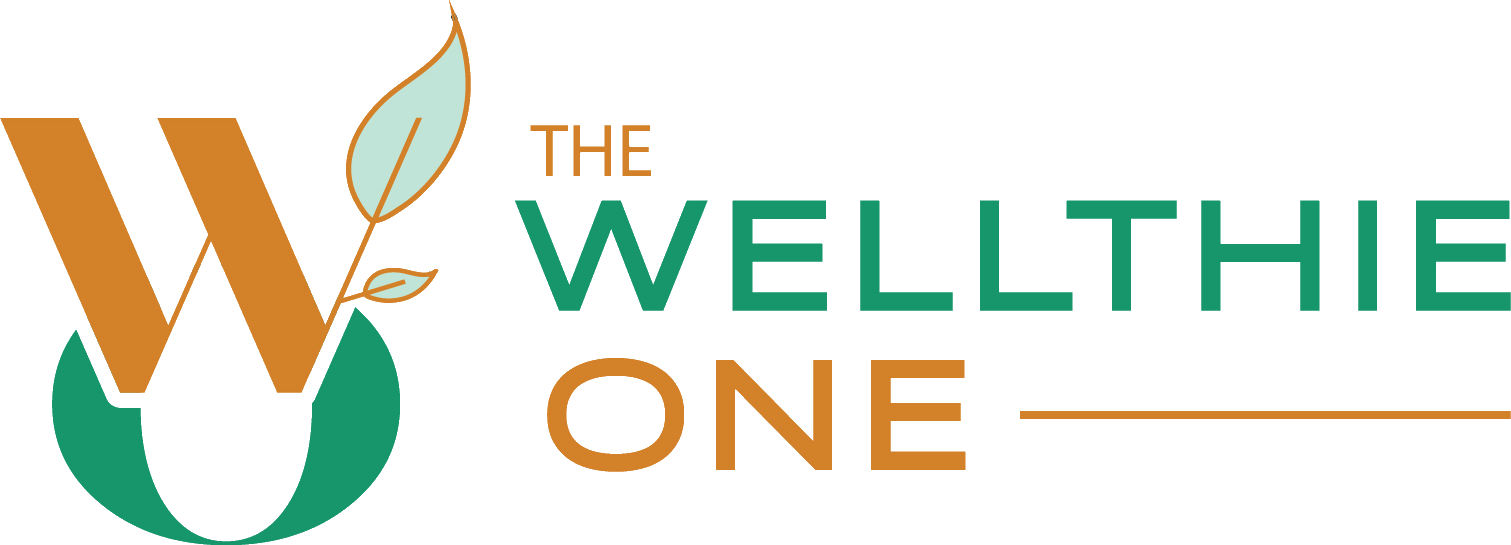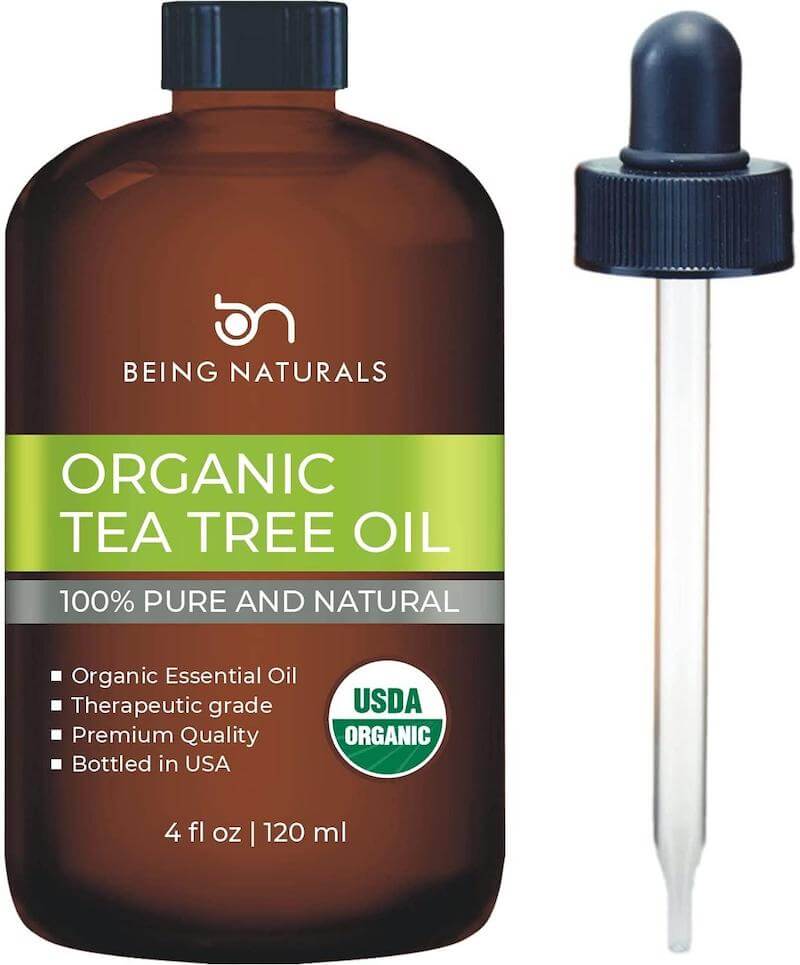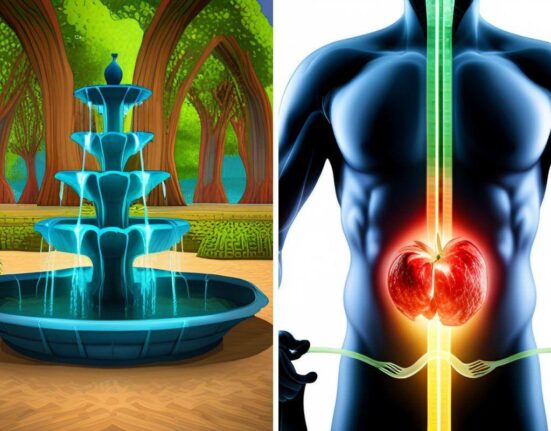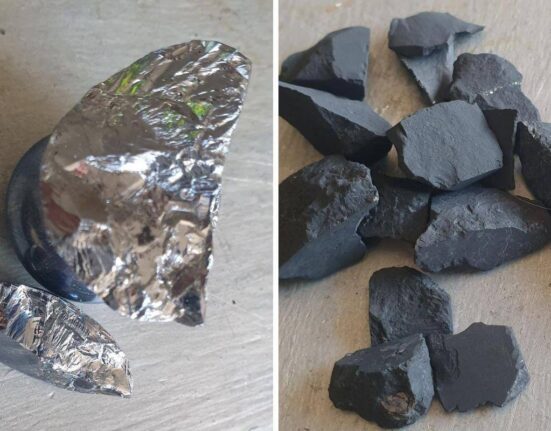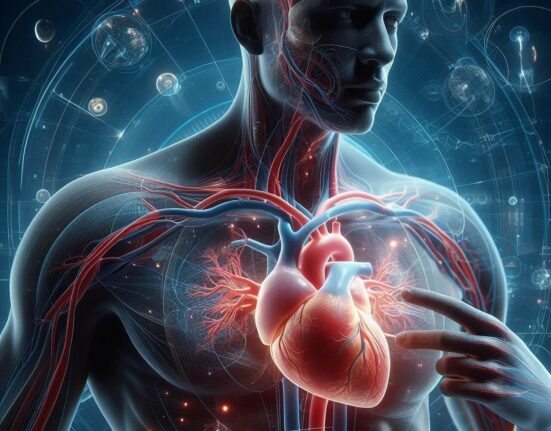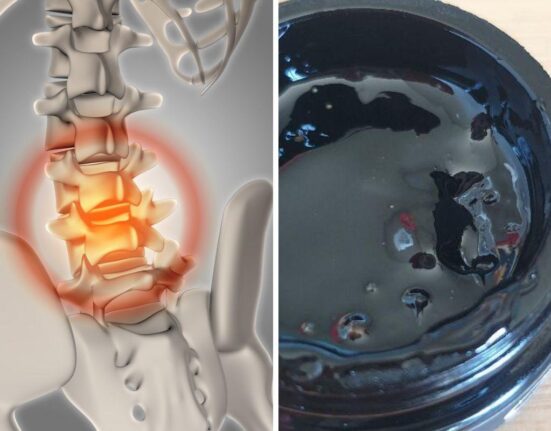Are you confused between an abscess and a cyst? You’re not alone! Even medical professionals can sometimes struggle to differentiate between the two when they see a pus-filled infection.
It is essential to understand the difference so informed decisions can be made. In this blog post, we are going to explain the key differences between an abscess and a cyst, their treatments, and which natural remedies work best.
So whether you’re looking for healing or trying to benefit from prevention – read on!
What is an Abscess and What are its Symptoms?
An abscess is an infection marked by a swollen mass of pus that is typically caused by bacteria, fungi, or parasites.

If the body is undernourished, or given processed food and junk to eat regularly, parasites can thrive. Symptoms can include redness, swelling, soreness around the mass, fever, chills, and fatigue.
The center of an abscess may be filled with pus that drains on its own or must be drained through medical intervention. It is important to note that an abscess is different from a cyst – a cyst contains only fluid and does not usually cause pain or other unpleasant symptoms as an abscess does.
For those struggling to determine if their condition is an abscess or a cyst, it can be helpful to seek out a specialist.
What is a Cyst?
A cyst is a closed sac-like structure that can occur anywhere in the body. Depending on the type of cyst and location, a cyst grows slowly can have numerous causes.
Generally, however, cysts develop when a duct or gland becomes blocked, forming a sac filled with fluid or semi-solid material.
Different kinds of cysts
There are many different types of cysts, such as epidermoid cysts, dermoid cysts, sebaceous cysts, pilar cysts, ganglion and bartholin’s duct cyst.
Most benign cysts do not contain any abnormal cells and are simply filled with fluid or other substances.

Ganglion cyst
This kind of cyst is most commonly found on the wrist, hand, ankle and the top of the foot but can also occur in other parts of the body.
The cysts are filled with a clear, sticky fluid similar to the lubricating fluid found around joints and tendons. The exact cause is unknown but these cysts are usually benign and painless. Treatment may include drainage or aspiration using a needle or surgery to remove them.
Pilar cysts
These are a common skin growth that often appear on the scalp in middle-aged women.
Epidermoid cysts
These form when skin cells and natural oils become trapped, resulting in a painless lump beneath the surface of the skin.
Ovarian cyst
This is a common health condition that occurs when a fluid-filled sac forms on or inside an ovary. It is usually benign and may not cause any symptoms, but can sometimes result in pain, infertility, or other complications if left untreated
Dermoid cysts
These are composed of several types of tissue, such as skin and hair follicles and fat.
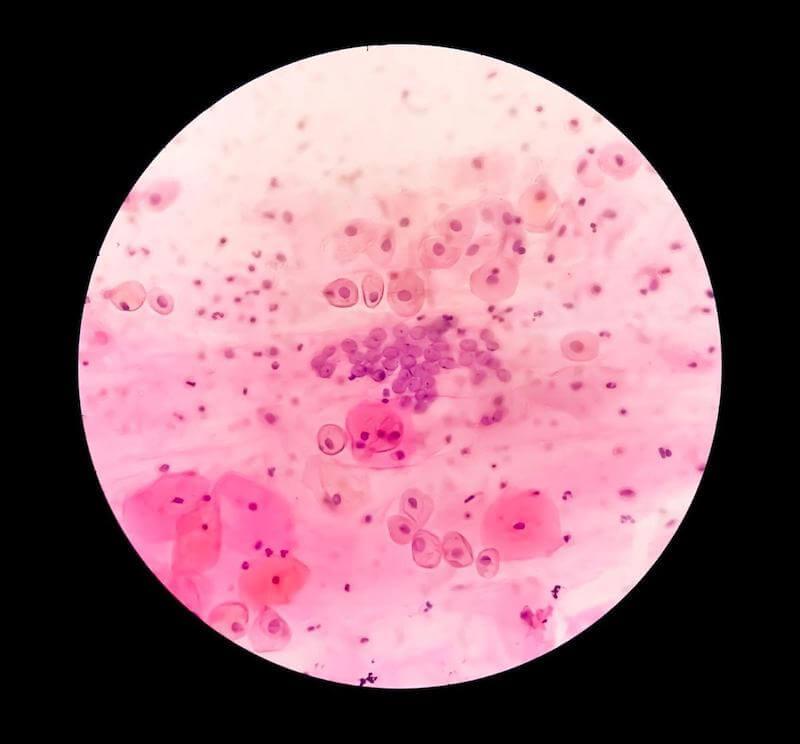
Sebaceous cyst
This is a small, usually painless lump filled with a thick, yellowish fluid that can form under the skin when a hair follicle or oil gland is blocked.
Pilonidal cyst
This is an abscess on the tailbone that may become infected and often requires medical treatment.
Bartholin’s duct cyst
This is a small, fluid-filled sac that develops in the Bartholin’s glands which are located on either side of the vaginal opening and produce lubricating fluid.
These cysts can cause pain when touched or during the menstrual cycle, and may also become infected. It is then called a bartholin gland abscess. Treatment usually involves draining the cyst using surgery or antibiotics, but in some cases, this may clear up without treatment.
Dental cyst
A dental cyst is a fluid-filled sac that forms on or around an affected tooth. They are often caused by infection, trauma or loss of tooth structure.
Generally, they do not cause pain and may remain unnoticed until noticed by a dentist on an X-ray. In some cases, however, a dental cyst may lead to irritation and swelling of the gums and turn into a dental abscess.
Clogged pores
The body’s response to a plugged pore is to produce more white blood cells which can cause inflammation, redness, swelling and pus. This is where it can turn into an abscess.
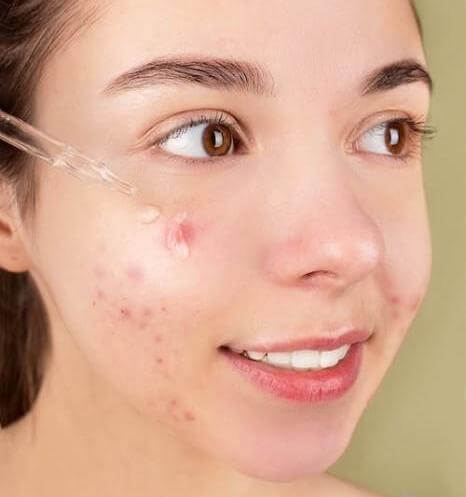
Symptoms of cysts
Most cysts are asymptomatic and cause no discomfort. They may cause some pain when they become inflamed or infected, but this is rarely the case.
Common symptoms of an infected cyst may include swelling and pain in the surrounding area, discharge from the cyst site if it has ruptured, as well as visible signs such as bumps or lumps under the skin.
Diagnosis of cysts
Diagnosis of a cyst is based on its size and location, any associated symptoms (such as pain), and other factors such as family history and lifestyle habits.
Additionally, an analysis of its contents done through aspiration or biopsy can give more information about its cause which can help determine the best course of treatment.
What is an abscess?
An abscess is a localized collection of pus that is caused by bacterial infection and can occur anywhere in the body. It is one of the painful infections that can be caused by bacteria that result in a pocket of pus. It can occur anywhere on the body and is characterized by redness, swelling, tenderness, and pain.
Treatment for a general abscess typically involves draining the pus and antibiotics to clear the infection. In severe cases, abscesses can be surgically removed.
Common Causes of Abscesses and cysts
In modern society, abscesses and cysts are both extremely common medical conditions. These ailments can look and feel very similar, but they originate from different causes.
Abscesses usually form due to an infection that is caused either by a bacterial or fungal infection causing pain, while cysts tend to develop because of a clogged oil gland or sweat gland in the skin.
Additionally, cysts can be triggered by injuries or trauma, while abscesses typically occur when the body’s immune system tries to fight off a pathogen it has already encountered.
Knowledge of the potential triggers of these two problems is essential for properly treating them and maintaining healthy skin for years to come.
Diagnosis of Abscesses
Diagnosing abscesses and cysts can be tricky, especially without proper medical care. As these conditions can manifest similarly, it’s important to understand the differences to obtain proper treatment.
An abscess is an infected wound that has been filled with pus due to a bacterial infection, meaning that antibiotics are often used as treatment.
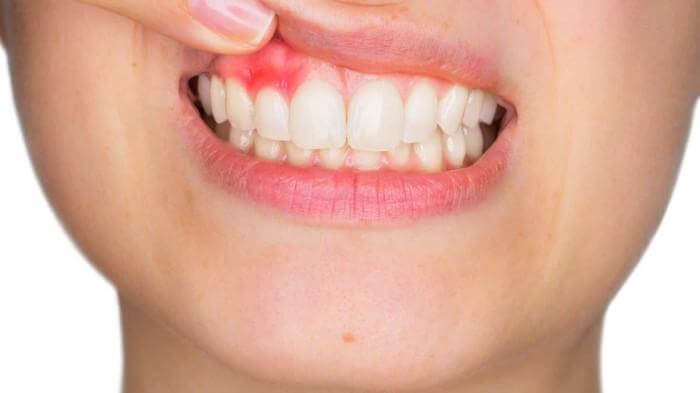
Severe symptoms can come from an acute infection from internal abscesses. Symptoms to look out for from this type of abscess formation include:
-fever
-chills
-vomiting and/or nausea
-abdominal discomfort
-pain or tenderness
-swelling around the affected area
-redness or heat to the touch.
If any of these symptoms are present, it is important to seek medical attention immediately. The doctor may choose to use a local anesthetic and remove the abscess with a small incision.
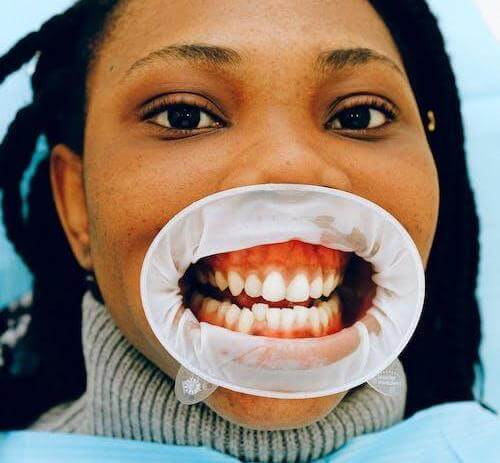
Diagnosis of a cyst
A cyst consists of trapped fluid beneath the skin and requires different removal procedures. It’s best to have any suspicious skin condition evaluated by a healthcare professional and ask questions if any are uncertain. With proper diagnosis, one can treat a cyst accordingly.
5 natural ways to treat abscesses and cysts
Essential oils
Using essential oils such as tea tree oil, lavender, frankincense, and oregano or tea tree oil may help reduce inflammation and promote the healing of cysts and abscesses.
Essential oils are a natural antiseptic and anti-inflammatory agent that can be used to help heal cysts and abscesses. When applied topically, these oils can reduce the swelling, redness and tenderness associated with these skin conditions while helping to fight off any bacterial infections. We like tea tree oil for an oral abscess or cyst.
Organic Tea Tree Essential Oil
- 100% Pure & Natural
- Premium Natural Oil with Glass Dropper
- 4 oz
Tea tree oil also helps to promote new tissue growth, reducing the size of the cyst or abscess over time.
Directions for using use tea tree oil
To use tea tree oil for healing, mix several drops of it in warm water and apply it directly to the affected area using a cotton swab or piece of cloth.
Leave it on for up to 30 minutes then rinse with lukewarm water. Repeat this process several times a day until the cyst or abscess heals.
Hot compress

Eating a nutrient-dense diet rich in vitamins and minerals with a lifestyle nutrition diet can support the body’s natural healing process.
Specific herbs
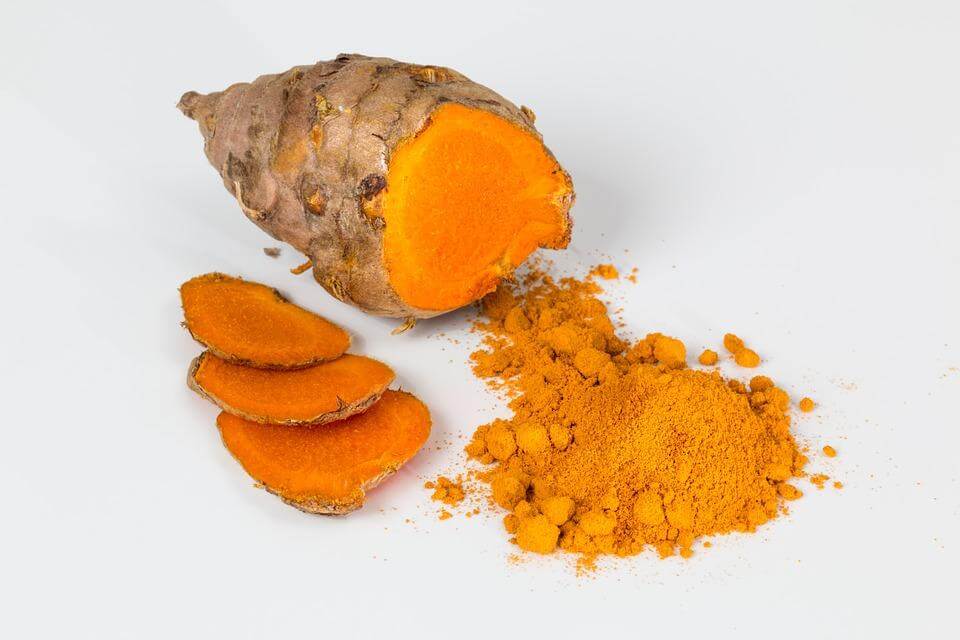
Taking herbs such as turmeric, ginger, garlic, and cayenne pepper may also have powerful anti-inflammatory properties that can help reduce symptoms associated with cysts or abscesses.
Probiotics
Consuming probiotics daily to replenish beneficial bacteria in the gut can also contribute to improved overall health and wellness which might support healthy tissue repair, especially if you choose to take a round of antibiotics.
Western Treatments for Abscesses and Cysts
When it comes to treating abscesses and cysts, both often require attention. Medical and natural alternatives both work, though treating them naturally skips the unwanted side effects and harshness on the liver and gut.
Abscesses can usually be treated with antibiotics, but sometimes they will have to be lanced or drained by a physician if they are too large. Cysts are typically removed surgically although some may require multiple treatments such as freezing them or draining the fluid inside with a needle.
Concluding thoughts concerning abscess vs cyst
In conclusion, though abscesses and cysts have similar outward appearances, they differ in several ways. Those with symptoms of an abscess or cyst should consult with their doctor for a proper diagnosis and treatment.
Understanding the differences between an abscess and a cyst can be beneficial both for preventing and treating the diseases. Additionally, knowing common causes, diagnoses, and treatments for abscesses and cysts can help one to know what to expect if these conditions arise.
More from thewellthieone.com
The links used on thewellthieone.com are affiliate links, which may provide a small commission. This does not increase the price of the goods for the consumer whatsoever. What it does is ensure that useful content like this can continue to be produced. Thank-you for enjoying our content and allowing us to continue to provide more.
